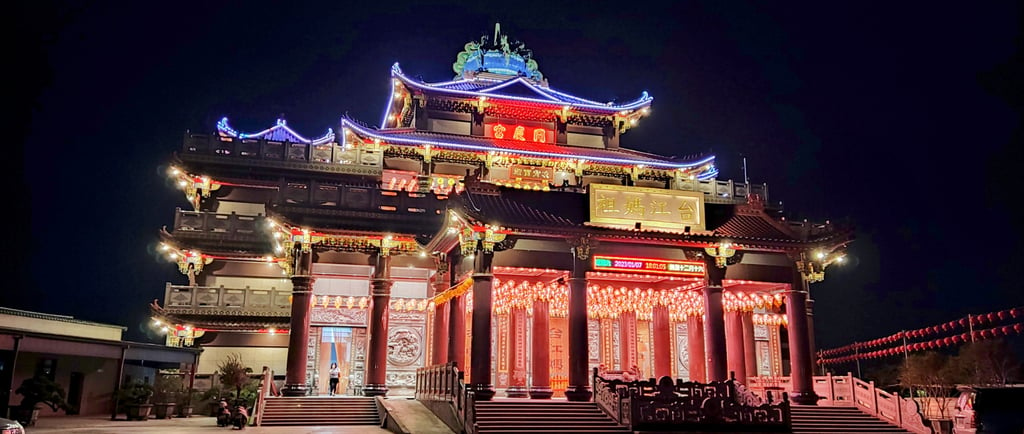Temples
Burn. Pray. Repeat.


Beyond Religion
Temples are one of my favorite parts of Taiwanese life. At first glance, they're religious places where people pray for good luck, health, prosperity, love, and honor gods and ancestors. But Taiwanese temples are more—they are community centers filled with life, color, and nonstop energy.
Religious Fusion
Taiwanese religion uniquely blends Daoism, Buddhism, and traditional Chinese beliefs. Sometimes these religions exist separately, but also, they also coexist practically and naturally. Imagine a church merging Orthodox, Catholic, Protestant, and/or Islamic traditions into one—sounds impossible, right? Yet in Taiwan, such blending is normal, showing the island’s practical and inclusive spirituality.
Temple Numbers and Celebrations
Taiwan, roughly the size of continental Croatia, has over 15,000 temples — a sign of how deeply religion shapes everyday life. By comparison, Croatia has over 1,200 churches and sacral buildings. These temples host celebrations throughout the year. The Mazu Pilgrimage is especially famous. Mazu, similar to St. Nicholas, protects sailors and travelers. Thousands follow her statue for over 300 kilometers each year, celebrating with constant firecrackers, music, and joyful parades.
Spiritual Parallels
Guanyin, the goddess of mercy, shares similarities with the Virgin Mary—both symbolize compassion, kindness, and spiritual comfort.
Cultural Integration
Taiwan's Catholic communities, especially in the south, uniquely blend Western and Taiwanese traditions. The annual Wanjin Madonna Procession honors the Virgin Mary, seamlessly combining Western rituals with local Taiwanese customs.
Architectural Excellence
Taiwanese temples stand out for their extraordinary craftsmanship. Wood carvings, ceramic decorations, and roofs filled with dragons and mythical creatures make each temple a visual masterpiece. They're not just religious sites—they’re living artworks.
Essence of Taiwan
Experiencing a Taiwanese temple is more than visiting a religious site. It pulls you into the island's spiritual heart, cultural diversity, and artistic heritage. It’s a direct way to feel the true pulse of Taiwan.
